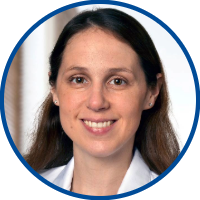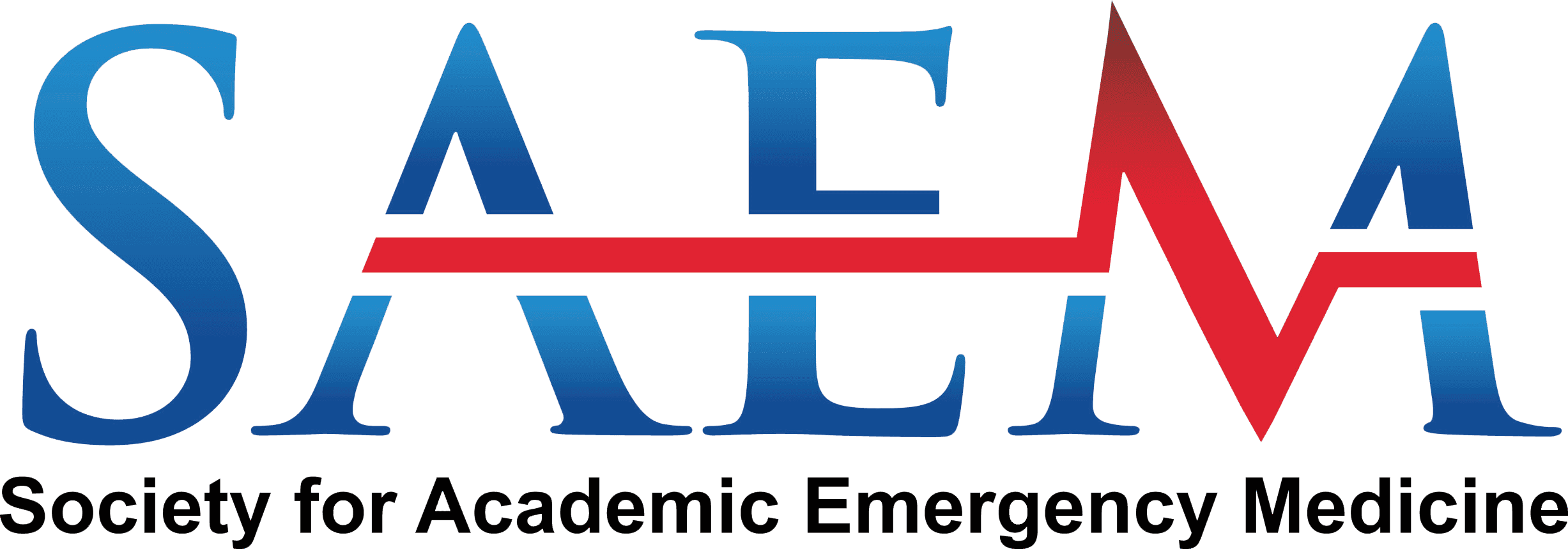Fellow

The first geriatric emergency medicine (GEM) fellowship that offered training to emergency medicine (EM) trained applicants was established in Michigan at Beaumont Hospital in 1988, followed by a fellowship at New York Presbyterian in 2005. As of December 2019, there are six GEM fellowships - five in the U.S. and one in Toronto, Canada. A GEM fellowship generally includes teaching, clinical rotations, and a research project. Core competencies comprise trauma including falls, cognitive and behavioral disorders, atypical presentation of disease, emergency intervention modifications, medication management, transitions of care, and the effect of comorbid conditions.
Fellowships are one-two years depending on the program, with the possibility of completing an advanced degree in the two-year program. Most GEM fellowships are accredited by SAEM. They are not ACGME-accredited and therefore do not have a match.
Application Process
Each program has a different application process. Check their websites and reach out to their contacts early to make sure you are prepared, and make sure you check the due dates carefully as they can vary. There is no limit to the number of applications you can submit, so consider applying to all programs you would be happy to attend if offered a position. You should identify your ideal career goals to help you choose the right program, and work with your mentors to finalize your curriculum vitae (CV). Hopefully you have been involved in GEM as a resident and your CV reflects your interest and dedication. Choose your letter writers carefully and ask those who know you well and support your aspirations.
Career Options After Fellowship
Graduates of GEM fellowships have many exciting career opportunities, including:
- Clinical Activity: Working clinically in an emergency department (ED) while focusing on care for older patients.
- Education: Teaching geriatrics concepts to students, residents, and clinicians in EM.
- Research: Advancing the science of GEM
- Service: Leading clinical, education, and research programs.
- Administration: As more EDs are accredited, there is an increasing need for geriatric ED medical directors and geriatric-focused administrators.
Note: ACGME-accredited geriatric fellowships are offered by the American Board of Internal Medicine (IM) and Family Medicine. Graduates of EM/IM programs are eligible for these fellowships, but residents of traditional EM programs are generally not offered training in these programs. However, there is such a dearth of geriatric-trained physicians that you may find yourself offered hybrid positions that include running inpatient geriatrics consultation teams or nursing home director positions. Just as EM-critical care dual-trained physicians decide where to best use their skills, you may have the opportunity to customize your career in interesting ways.
Insider Advice
"Older adults are the most interesting and exciting patients. I always learn something from them, whether it be an unexpected presentation, an obscure autoimmune disease or cancer, or something about their lives. Doing a geriatric EM fellowship gave me additional insight and training above and beyond what I expected to learn, and this has contributed to my success in research and administration. I developed and implemented our level 1 geriatric ED and now have NIH funding to evaluate the use of geriatric screening tools for fall risk, delirium, and difficulties after the ED visit. Just as geriatricians have some of the highest career satisfaction, geriatric emergency physicians are the happiest bunch in the ED."
-Lauren T. Southerland, MD

